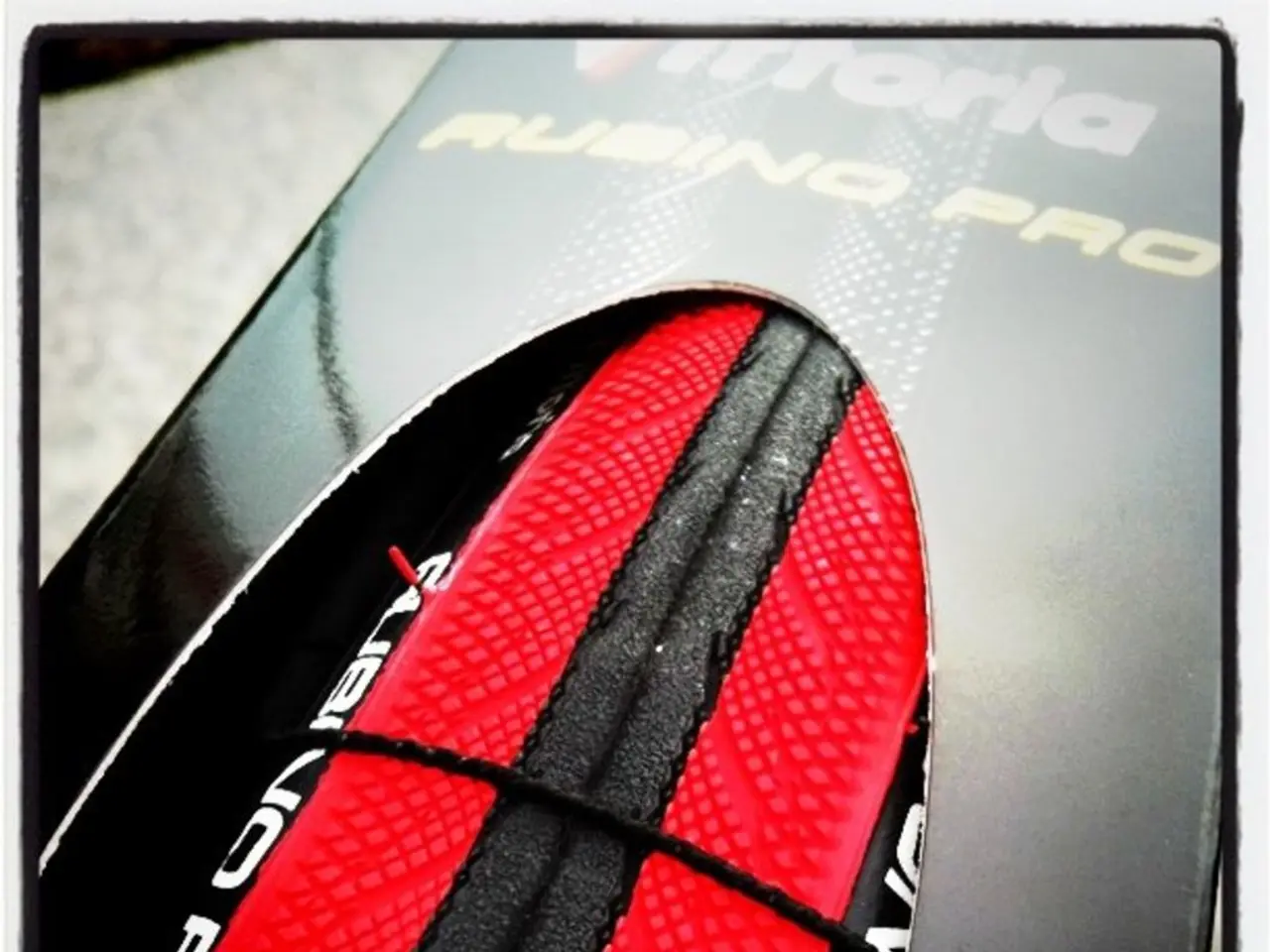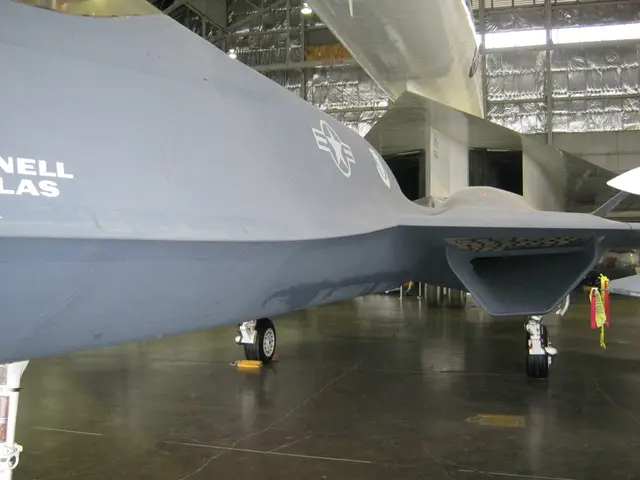Importance of recovering flight data recorders in airplane crashes
In the 1930s, a French engineer named Francois Hussenot revolutionised aviation safety with the creation of the first data recorder. This innovative device, now commonly known as the "black box," has since become an essential component in aircraft design.
The name "black box" originated from the film inside the recorder that ran continuously in a box designed to prevent light from entering. Despite its name, the outer case of modern black boxes is usually orange, a colour chosen to aid in their quick identification during rescue operations.
Aircraft are typically equipped with two black boxes: the cockpit voice recorder (CVR) and the flight data recorder (FDR). The CVR records radio transmissions and other sounds in the cockpit, while the FDR records more than 80 types of information such as altitude, airspeed, flight heading, and engine performance data.
These recorders are placed towards the tail end of the aircraft to withstand the impact of a crash. It usually takes at least 10-15 days to analyze the data recovered from the black boxes after a crash, providing crucial insights into the events leading to the accident.
Modern FDRs can capture hundreds to thousands of parameters due to advanced avionics integration and multiple sensor inputs. They often use standardized interfaces such as ARINC-717 and ARINC-429 for data acquisition. Some advanced recorders also record data from data link communications and have extended recording capability with large memory sizes.
The recorded data supports accident/incident investigation and helps with predictive maintenance and optimising operational efficiency. Flight recorders integrate flight data with cockpit voice recordings and sometimes airborne image recording to provide a comprehensive picture of flight events.
Black boxes are stored inside a unit made of strong substances like steel or titanium, insulated from extreme heat, cold, or wetness. The early black box film ran around 10 parameters onto a photographic film, a far cry from the extensive data recording capabilities of today's devices.
In summary, the typical data recorded by an FDR spans flight dynamics, engine parameters, system status, and pilot inputs necessary to reconstruct aircraft performance and behaviour before and during an incident.
Sources: [1], [2], [4]
[1] "Flight Data Recorder." Encyclopædia Britannica, Encyclopædia Britannica, Inc., 22 Jan. 2021, www.britannica.com/technology/flight-data-recorder.
[2] "Cockpit Voice Recorder." Encyclopædia Britannica, Encyclopædia Britannica, Inc., 22 Jan. 2021, www.britannica.com/technology/cockpit-voice-recorder.
[4] "Flight Data Recorder." Aviation Week Network, Aviation Week Network, 2021, www.aviationweek.com/commercial-aviation/flight-data-recorders.
The black boxes, comprising the cockpit voice recorder (CVR) and the flight data recorder (FDR), are key components in modern aviation, featuring data on flight dynamics, engine parameters, system status, and pilot inputs for reconstructing aircraft performance and behavior. These devices are regularly used by the finance industry for accident/incident investigation and optimizing operational efficiency, providing valuable insights and contributing to safety improvements in the transportation and aviation sectors.






